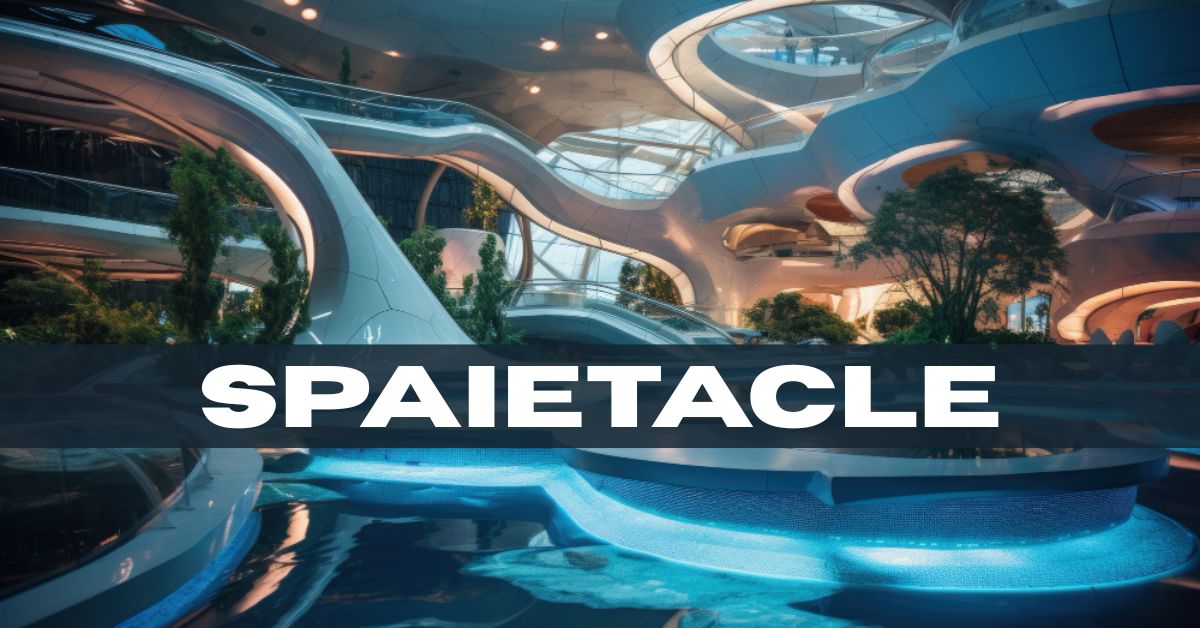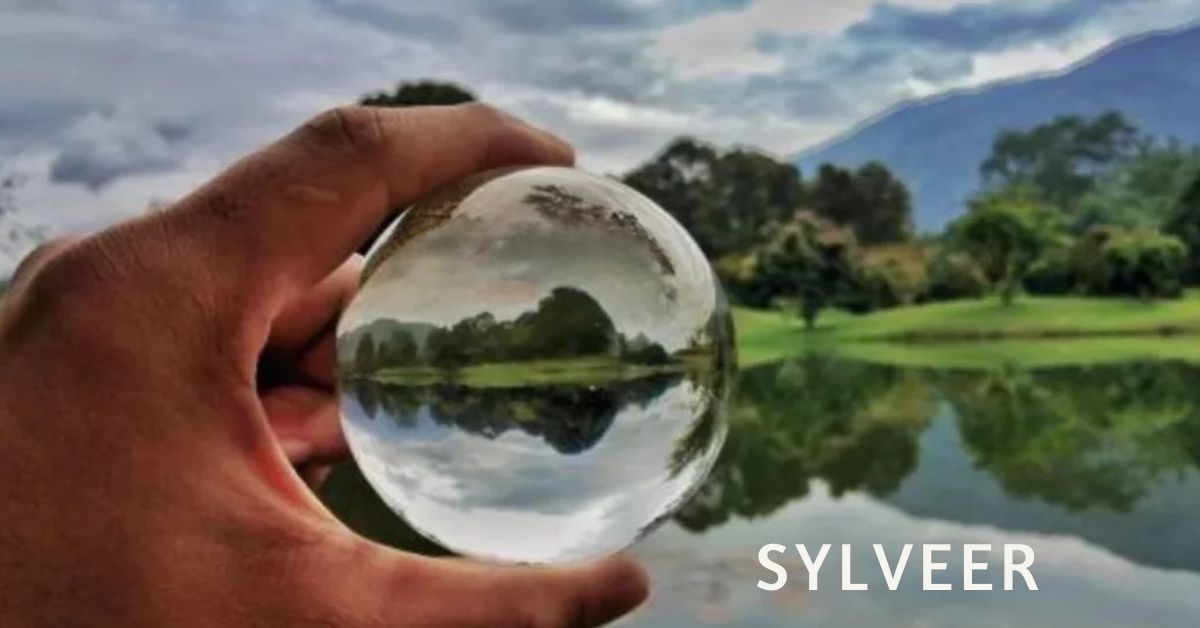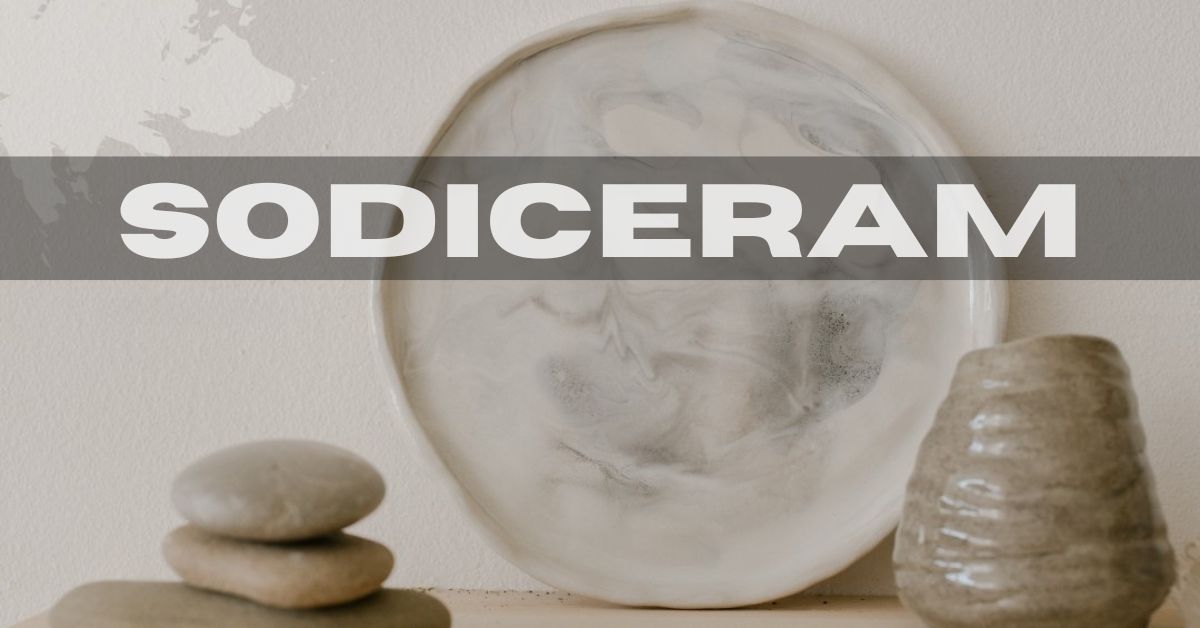Introduction to Spaietacle: What is it and where did it originate?
Envision a universe where the merging of space and spectacle produces sensory-pleasing experiences. The fascinating world of spaietacle awaits you. The way we see architecture, art, and entertainment is being revolutionised by this contemporary idea. But tell me, spaietacle, please. It all started with forward-thinking individuals who wanted to make the boundary between real-world environments and interactive screens less distinct. This phenomena is always changing, giving us new opportunities to interact with the world around us as technology progresses. Now, let’s study the characteristics that make spaietacle so intriguing and see how it has affected other sectors!
The Elements of Spaietacle: Combining Space and Spectacle
Spaietacle thrives on the interplay between space and spectacle. It’s a blend that captivates audiences and creates immersive experiences. At its core, spaietacle transforms ordinary environments into extraordinary realms.
Spatial elements are meticulously designed to enhance interaction. Lighting, sound, and visuals work in harmony to evoke emotions. Every corner invites exploration, making spectators feel part of the narrative.
Spectacle adds layers of drama and excitement. Whether through performance art or stunning displays, it pulls people into a world beyond their daily lives.
Together, these components create an engaging atmosphere where reality blurs with imagination. Participants find themselves not just observers but active players within the experience.
This synergy fosters connections among individuals while deepening appreciation for creativity in various forms. Spaietacle redefines how we perceive our surroundings by marrying artistic expression with spatial awareness.
How Spaietacle is Used in Different Industries
Spaietacle finds its place in various industries, each adding a unique twist to the concept. In entertainment, immersive theater embraces it by blending physical space with vivid storytelling, transporting audiences into different worlds.
The technology sector also harnesses this idea. Virtual reality experiences create captivating environments that engage users on multiple sensory levels. Gamers revel in these expansive landscapes where every detail counts.
Retail has discovered the power of spaietacle too. Experiential marketing transforms stores into interactive spaces that captivate shoppers and heighten brand loyalty. Think pop-up events featuring stunning visuals and engaging installations that leave lasting impressions.
Art galleries have adopted this trend as well, showcasing moving sculptures or digital art projections that mesmerize viewers and provoke thought. Each industry weaves together elements of space and spectacle to enhance user engagement through innovative experiences.
Examples of Successful Spaietacles
One of the most striking examples of a spaietacle is the immersive art installation, “The Obliteration Room” by Yayoi Kusama. Visitors enter an all-white room and are encouraged to stick colorful dot stickers wherever they please. This transformation from blank canvas to vibrant spectacle captivates audiences worldwide.
Another notable instance is the 2019 Coachella Music Festival’s spectacular light show. With drone displays and elaborate stage designs, it created a breathtaking fusion of technology and performance that drew massive crowds.
In architecture, The Vessel in New York City stands as a modern example. Its honeycomb structure invites exploration while offering stunning views—a perfect blend of space utilization and aesthetic appeal.
These instances illustrate how it can manifest across various platforms, captivating imaginations and pushing creative boundaries.
The Impact of Spaietacle on Society and Culture
Spaietacle has emerged as a transformative force in contemporary society and culture. It captivates audiences by merging the physical environment with dazzling visual experiences. This blend often elicits strong emotional responses, fostering community connections.
In urban settings, spaietacles reshape public spaces into immersive art installations. They encourage people to gather, share stories, and engage with their surroundings in ways previously thought impossible.
Cultural festivals are increasingly incorporating these elements, enhancing traditional celebrations with modern technology. These experiences draw diverse crowds and promote inclusivity through shared wonder.
Moreover, social media amplifies the impact of these spectacles. People capture moments on their devices and share them globally, creating a ripple effect that inspires future events.
This phenomenon not only entertains but also prompts reflections on our relationship with space and technology. Spaietacle encourages us to rethink how we interact with both our environments and each other.
Criticisms and Controversies Surrounding Spaietacle
Despite its captivating nature, spaietacle is not without criticisms. Some argue that it often prioritizes aesthetics over substance. Events designed purely for spectacle may lack meaningful engagement with the audience.
Environmental concerns also arise. Large-scale installations can disrupt local ecosystems and contribute to pollution. Critics question whether the temporary thrill justifies long-term ecological impact.
Moreover, there are concerns about accessibility. Many extravagant displays cater primarily to affluent audiences, leaving marginalized communities excluded from these experiences.
Additionally, some see it as a fleeting trend that distracts from pressing social issues rather than addressing them directly. This raises questions about its role in society—does it serve as an escape or a catalyst for change?
These complexities highlight the need for thoughtful consideration when creating and experiencing it across various platforms and industries.
Conclusion: The Future of Spaietacle and its Evolution
The future of spaietacle is poised for exciting developments. As technology continues to advance, the possibilities for creating immersive experiences will expand. With virtual reality and augmented reality gaining traction, we can expect a surge in innovative its projects.
Artists and creators are already experimenting with new mediums that blend physical space with digital elements. This fusion opens doors to interactive storytelling like never before. Imagine walking through a city where each street corner presents a different narrative—this is the potential of spaietacle.
Moreover, as more industries recognize its value, the applications of spaietacle will broaden further. From entertainment to education, businesses will harness this captivating concept to engage audiences deeply and meaningfully.
Culturally, spaietacles have the ability to bring people together. They foster shared experiences that resonate on various levels—emotional connections formed through art or community events can lead to lasting memories.
Yet challenges lie ahead too. The balance between spectacle and substance must be maintained so that these experiences don’t become mere distractions but rather contribute positively to society.
As we continue exploring what makes up a true spaietacle experience, one thing remains clear: it’s an evolving landscape filled with infinite creative opportunities waiting just around the corner.










